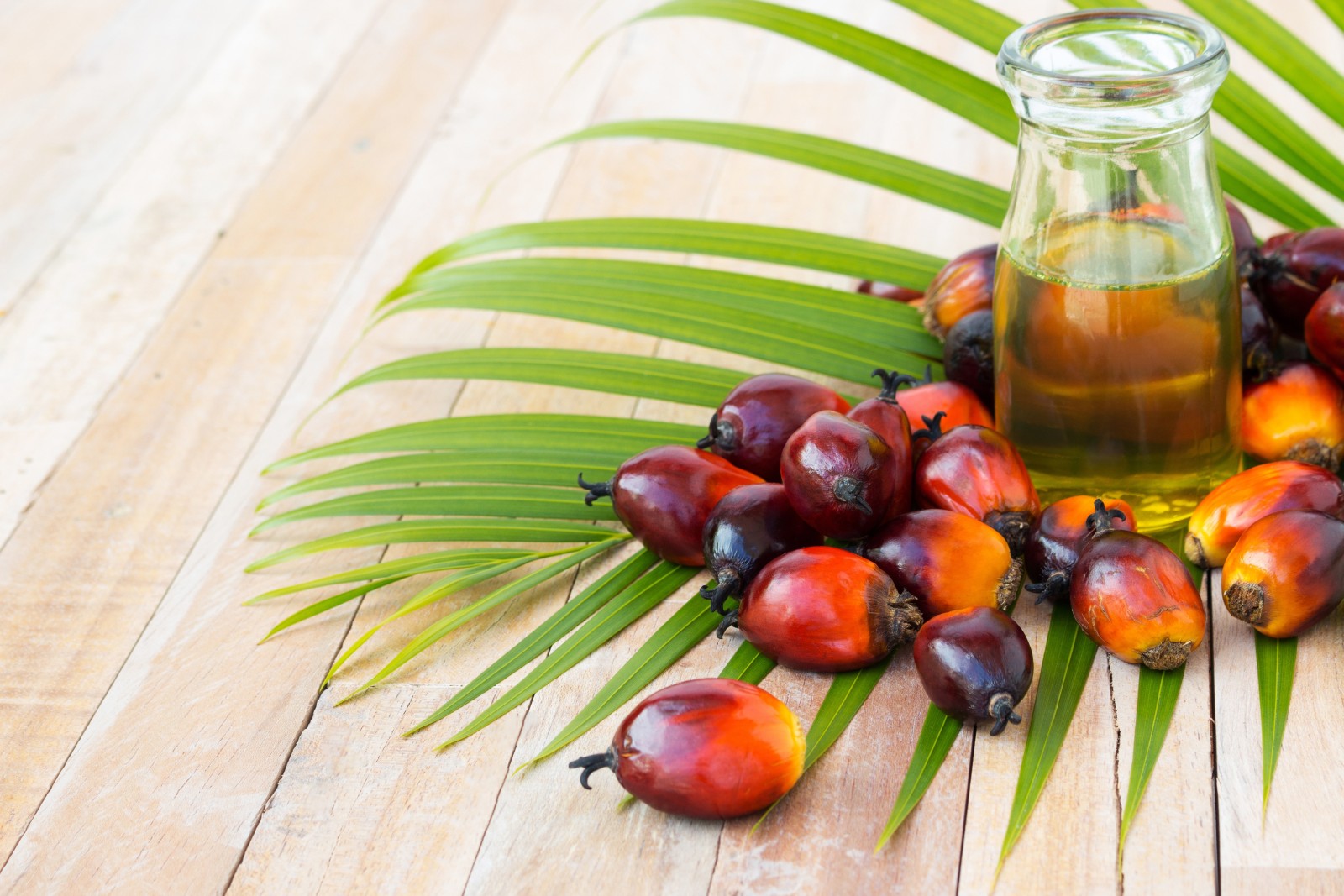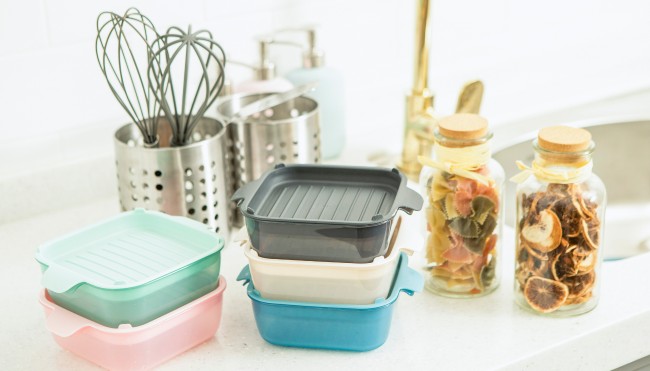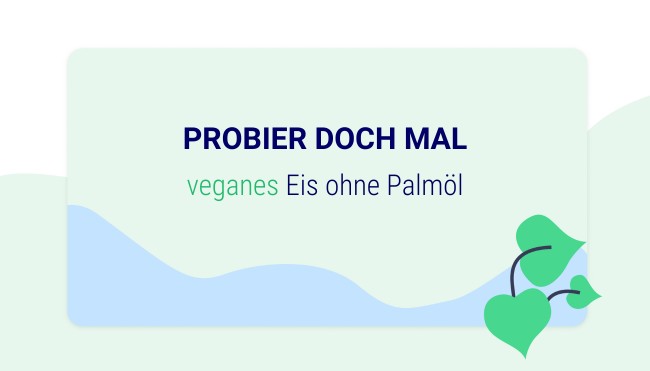The full scoop on Palm Oil

In spite of the most catastrophic environmental effects, palm oil is still on high demand and it’s everywhere: it can be in your pizza, your washing detergent and even in your lipstick. By 2050, production will be quadrupled. This article will highlight which products the tropical oil can be found in, how you can detect it, and why banning it may not be the answer.
Why did palm oil production become so popular?
Palm oil comes from the fruit and kernel of the palm tree. It grows in tropical climates and its multifaceted use is what makes it most attractive. It’s an extremely productive crop, supplying the globe with 35% of its vegetable oil and yet it only requires 10% of global cropland. Used in both food and cosmetics, it offers a long shelf life, a natural replacement for trans-fat and a cheaper alternative. It’s stable at high temperatures and widely used as a cooking oil.
So what’s the issue?
Palm oil is on high demand. An article in the Guardian states that by 2050, production will be quadrupled in order to meet demand! Agricultural production is expanding rapidly- but not necessarily sustainably. Its production has become a major contributor to deforestation resulting in CO2 emissions released into the atmosphere and a dramatic disturbance to forest biodiversity. Due to deforestation, the already endangered orangutan, Sumatran rhinos and Pygmy elephants are under threat. As a means to avoid plantation disturbance, orangutan numbers are rapidly declining, elephants are being poisoned, and rhinos and tigers are near extinction.
Where is this taking place?
According to the World Wildlife Fund, (WWF) Malaysia and Indonesia are supplying the globe with 85% of production. It has helped raise incomes in these regions, yet at a tragic cost to the environment. Among the 42 other countries producing, Thailand, Colombia and Nigeria are the largest producers.
Why banning may not be the answer
In an article by Dr Jennifer Lucey, Knowledge Exchange Fellow from the Department of Zoology at the University of Oxford argues: Why we should be demanding ‘sustainable palm oil’, not ‘palm oil-free She points out that:
1. Other oils aren’t ideal substitutes as they take up more land area than palm oil.
2. 40% of growers are smallholder farmers from some of the most poorest and underdeveloped countries. Banning palm oil could put their livelihoods at risk.
3. Withdrawal from the conversation is unlikely to elicit positive change. Palm oil is currently an international commodity. While Europe and America might be putting pressure on the industry to change, India, China, and Indonesia, which account for 40% of consumption worldwide, are unlikely to do the same. Keeping the conversation alive and creating incentives for companies to grow sustainably will encourage change.
Sustainable production is key!
Organizations like the RSPO- Roundtable of Sustainable Palm Oil, amongst others, work towards developing and strengthening production standards that work with the industry to reach the commitments necessary to become certified palm oil producers. Their mission is to accelerate the shift to a mainstream sustainable palm oil industry.
Many countries such as the UK are responding strongly to the palm oil crisis. According to the WWF, British companies are leading the way in palm oil sustainability. Supermarkets such as Marks & Spencers, Waitrose, and Sainsbury only sell products that use sustainable palm oil.
What products contain palm oil?
It’s important to note that palm oil isn’t always labeled in products as such. There are a plethora of palm oil derived ingredients with different names. 60% of palm oil consumed is from derivatives! A palm oil derivative is the end-result after it has been refined or fractionated- split into a composition suitable for a variety of products.
There are over 200 names for palm oil derivatives. They may appear as:
- Sodium Lauryl Sulfate: in cosmetics such as shampoo, detergent, liquid soap
- Sodium Palmate/ Palmitate: in all kinds of cosmetics
- Glycerin: soap, toothpaste, candles, lotion, deodorant, makeup
- Vegetable Oil: peanut butter, crisps, margarine, breakfast cereal, packaged snack food (Note: Coconut, or sunflower oil may also be listed as vegetable oil in products)
What can I do as a consumer?
1. Shop at supermarkets that support sustainable palm oil.
Visit websites such as WWF to see where producers or supermarkets stand on their approach to palm oil.
2. Check the ingredients in your products!
As explained above, depending on its form, it won’t always be labeled as `palm oil’ and the list of derivatives are too much for anyone to memorize. With a simple scan, CodeCheck brings you the information you need without all the hassle. CodeCheck also shows you what evaluation a company has received from NGOs, such as the WWF for its efforts to support the sustainable cultivation of palm oil. Therefore, each time you scan a product with palm oil, you will also be shown the assessment by the WWF scorecard.
3. Check to see if the product has a ‘Certified Sustainable Palm Oil’ label
To become RSPO certified there are 7 principles and 41 criteria that growers need to adhere to.
Related Links:
- The Guardian- How the world got hooked on palm oil
- WWF- Things to know about palm oil
- WWF- British companies have led the way to palm oil sustainability





